50 Ways to Feel Happy: Fun activities and ideas to build your happiness skills
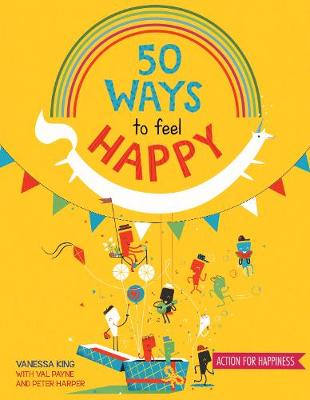
By Author / Illustrator
Vanessa King, Celeste Aires, Val Payne, Peter Harper
Genre
Adventure
Age range(s)
7+
Publisher
QED Publishing
ISBN
9781784930851
Format
Paperback / softback
Published
15-03-2018
Synopsis
What can you do to help yourself (and others) feel happier? This colourfully illustrated book is packed full of science-backed activities and ideas for kids to try with family, friends and on their own - whether they feel happy right now and want to stay that way or they need some ideas to help them feel happier.
50 Ways to Feel Happy is a cheerful, fun, inspiring and varied collection of projects for creative and thinking individuals. The book includes a mixture of step-by-step projects and shorter activity ideas that encompass happiness-inspiring crafts, mindfulness, relaxation and positivity techniques, and fun ways to get active and boost happiness outdoors.
Children can either read through the book from start to finish or dip in and out as the mood takes them. What's more, these activities are great to repeat time and again as a child builds their happiness skills and incorporates techniques into their daily life. For younger children, parents and carers may wish to work through the book with them, offering guidance and support, whereas more confident readers, tweens and young teens will be able to enjoy engaging with the book independently.
Each of the 50 activities relates to one of Action for Happiness's 10 key evidence-based ways to increase happiness and well-being:
- Giving - doing things for others (create and give out compliment cards and more)
- Relating - connecting with people (interview a friend and more)
- Exercising - taking care of your body (complete a circuit of 100 movements and more)
- Awareness - living life mindfully (take a mindful walk and more)
- Trying out - keep learning new things (create a curiosity collage and more)
- Direction - have goals to look forward to (write a recipe for one of your dreams and more)
- Resilience - find ways to bounce back (draw a comic strip about a resilient person and more)
- Emotions - look for what's good (make a positivity pack of things that give you a boost and more)
- Acceptance - be comfortable with who you are (make a super-self portrait and more)
- Meaning - be part of something bigger (make a paper chain that connects things that mean a lot to you and more)
Put on your explorer's hat and discover the many different ways to lead a happier life!
Reviews
Rhiannon
An inspiring exploration into what happiness is and how to feel happier, this book is chock full of fun activities - designed by scientists no less - to help the reader discover more ways of feeling happy. Each activity is based in one of ten areas or 'keys to happier living': giving, relating, exercising, awareness, trying out, direction, resilience, emotions, acceptance and meaning. While at first sight these might seem like buzzwords, or perhaps even obvious, the ideas and tips are well thought out and achievable as well as enjoyable. The illustrations are both jolly and engaging - an excellent job by Celeste Aires - and would appeal to anyone of any age. There are some very important links and recommendations at the back of the book and in this age of increasing anxiety and social media pressure, 50 Ways to Feel Happy is a valuable resource. I fully intend to create a series of library sessions based around this book and recommend it to children of 7+ and adults everywhere. 64 pages / Ages 7+ / Reviewed by Rhiannon Cook, school librarian.
Suggested Reading Age 7+
Emily
Wellbeing is a key theme within schools, education in general and in wider society today. This lovely book is a very welcome addition to the growing area of publication focusing on wellbeing and mental health, addressing the topic in a way that is perfect for the Key Stage 2 reader. The author is one of the key players within Action for Happiness, a social media movement promoting psychological well being, resilience and a kinder society. The research-based theories and techniques underpinning the information and activities in this charming book make it an excellent and reliable addition to any primary school library or family bookcase. It is also a fantastic resource for teachers of PSHE as the activities could easily be adapted for use in the classroom. Appropriately for the target age group, this book focuses on very practical activities to proactively promote happiness. That said, it does contain helpful tips and sources of further support and advice for those who are experiencing distress. Nevertheless, on the whole the approach is light, upbeat and positive and the range of activities is very imaginative. I loved, for example, the suggestion to make and collect 'bounce-back balloons' as reminders of occasions when you have tackled a tricky situation or overcome adversity in some way. Creating a 'positivity pack' using special items such as photos, drawings, collages, video clips etc is another super suggestion. There are so many essential life skills that are drawn together in this lovely little book and I would thoroughly recommend it for primary schools and their pupils. 64 pages / Ages 8+ / Reviewed by Emily Marcuccilli, school librarian
Suggested Reading Age 7+
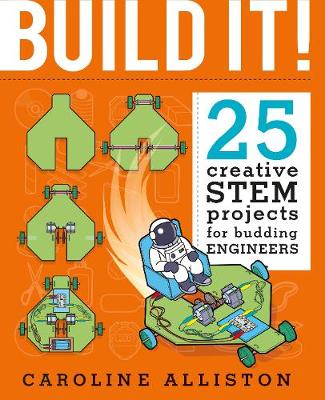 Build It!: 25 creative STEM projects for budding engineers (metric ed.)
Build It!: 25 creative STEM projects for budding engineers (metric ed.)
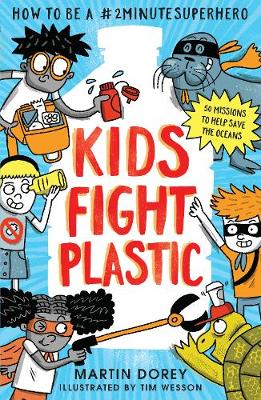 Kids Fight Plastic: How to be a #2minutesuperhero
Kids Fight Plastic: How to be a #2minutesuperhero
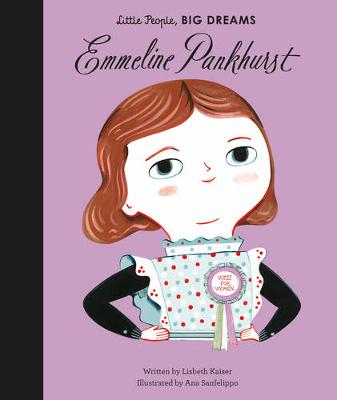 Emmeline Pankhurst
Emmeline Pankhurst
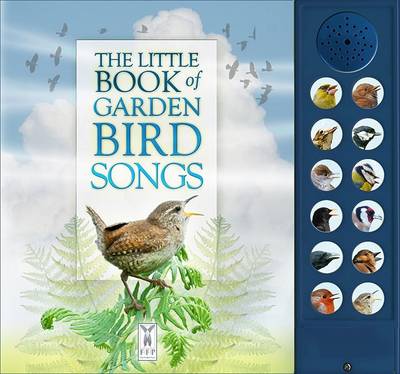 The Little Book of Garden Bird Songs
The Little Book of Garden Bird Songs
